Upon starting a game of Dwarf Fortress, you’ll need to seed your world. This randomly generated process creates the realm where you’ll be settling, complete with not just various land masses and civilizations but also years of history. This adds a ton of unique flavor to your campaign. You’ll be met with several different world settings each time you do this process, and since it’s the first thing you’ll face upon sitting down to play the game, it’s important to know what it all means.
Related: Dwarf Fortress is richly rewarding, if you can get over a mountainous learning curve – Review
Dwarf Fortress basic world options, explained
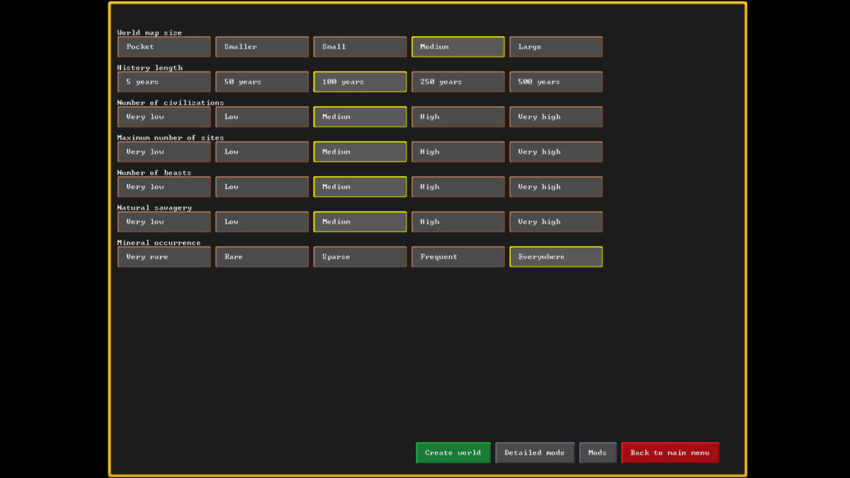
The first screen you’ll see is basic and fairly self-explanatory. The map’s size, number of other towns and sites, and historical length determine how big it is and how much has already happened before you start your campaign. Beasts and savagery determine how many animals roam the land and how many regions they have under their control. Lastly, mineral occurrence refers to how often folks can find resources underground — it’s a good idea to always keep this set to “everywhere.”
Dwarf Fortress detailed world options, explained
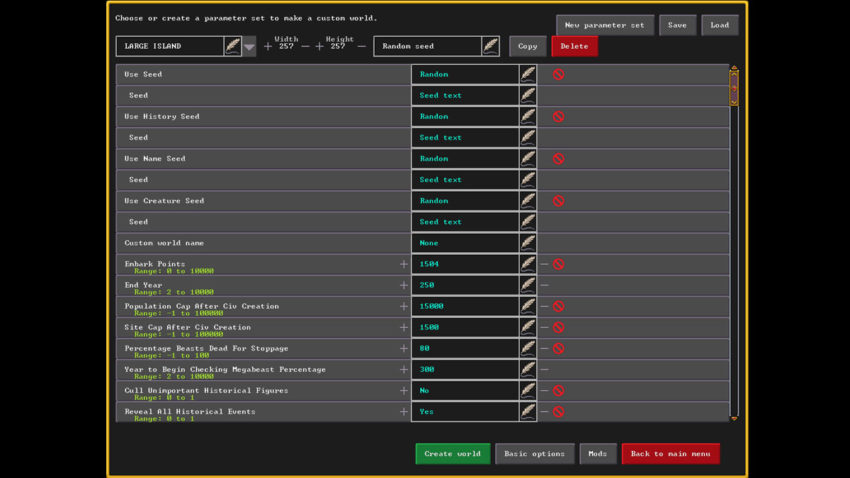
If you click the option for more details, that’s exactly what you’ll get — and they go very in-depth. Going over every single line here would be exhausting, but there are a couple of notable settings that you might want to tweak if you’re looking to customize your world experience more closely. Most of them revolve around terrain and its effect on the rest of the world: elevation, volcanism, and tile counts for forest, glacier, desert, and other biomes. For example, if you’re looking to do an arctic- or desert-themed campaign, this is where you can make those changes. You can also tweak the number of types of enemy threats that appear, in case you want to avoid dealing with nastier baddies like necromancers.

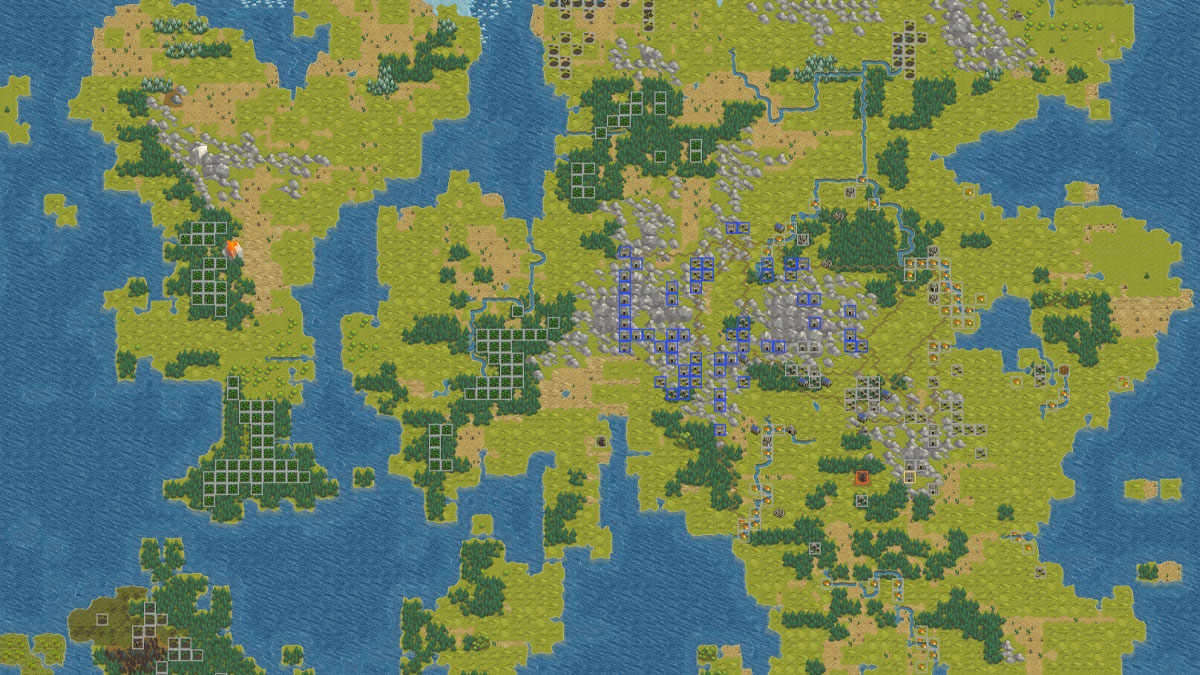
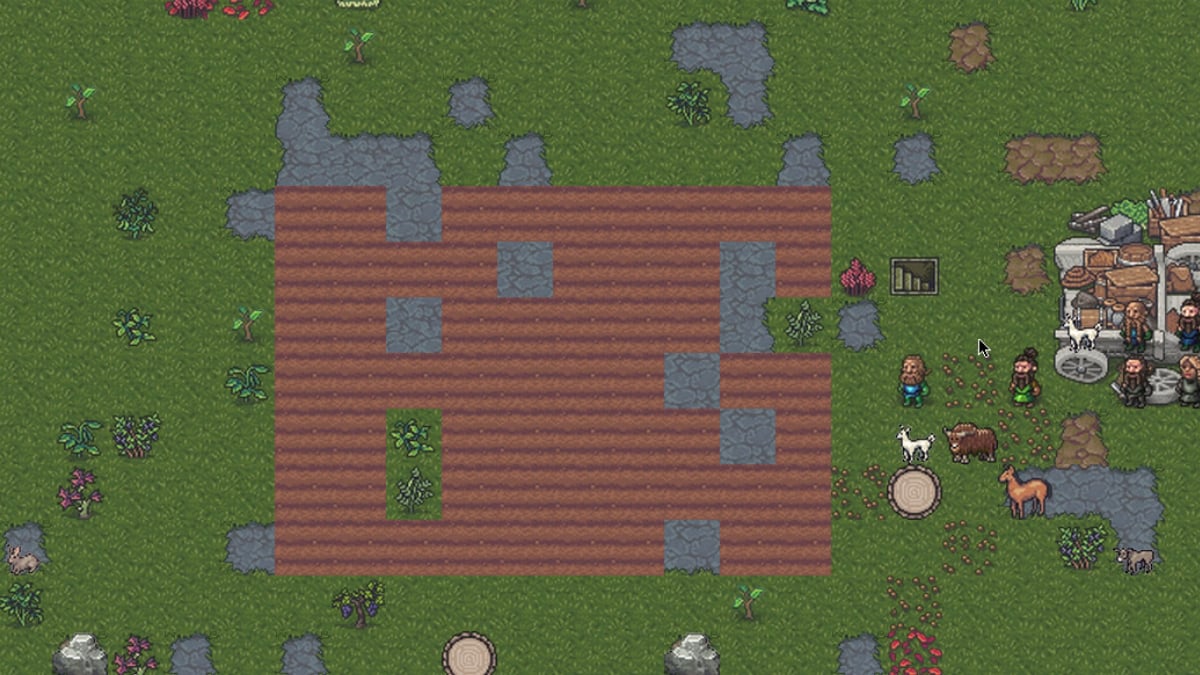
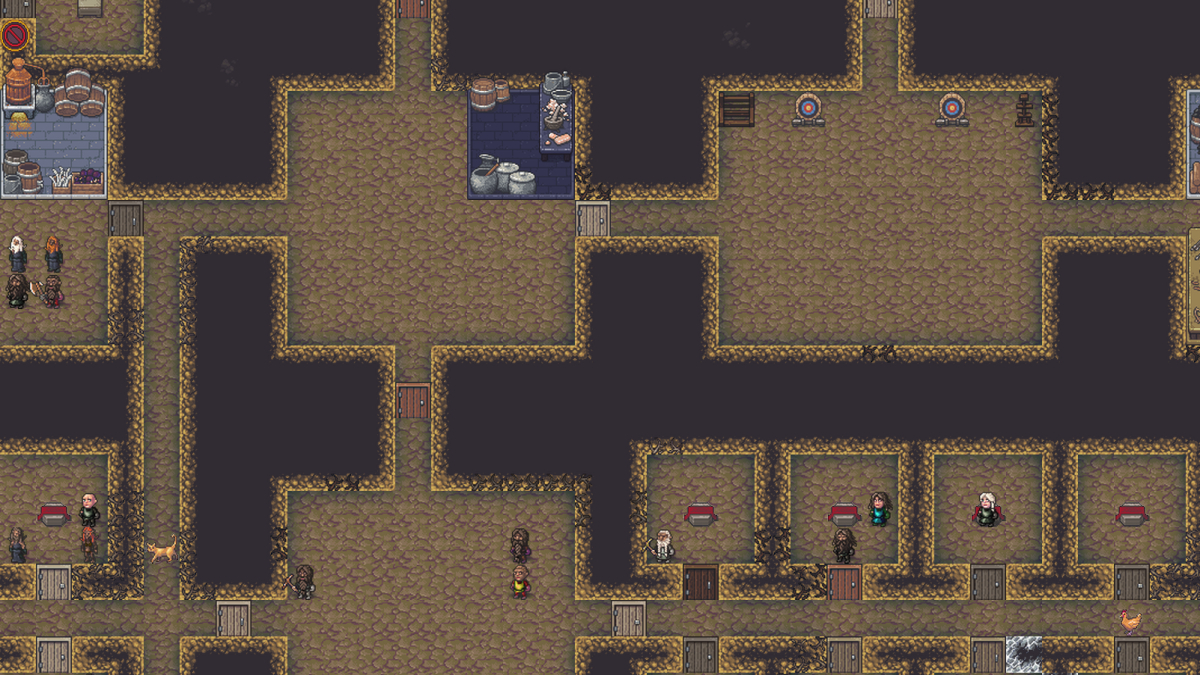
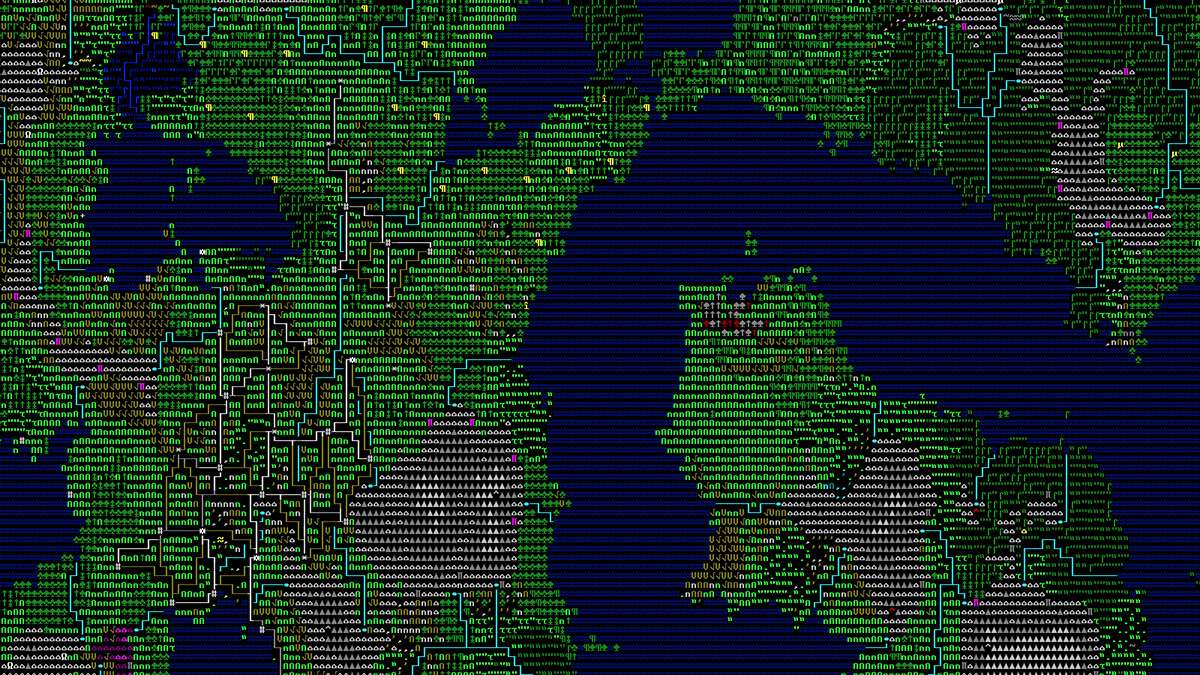
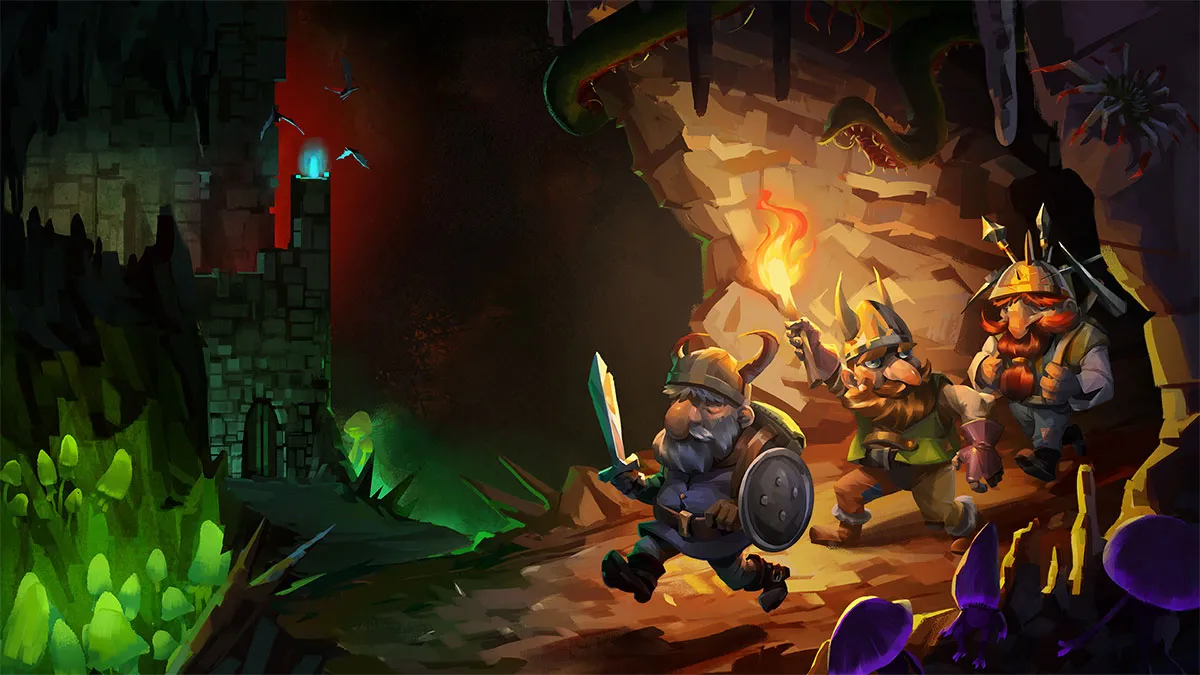
Published: Dec 5, 2022 09:00 am